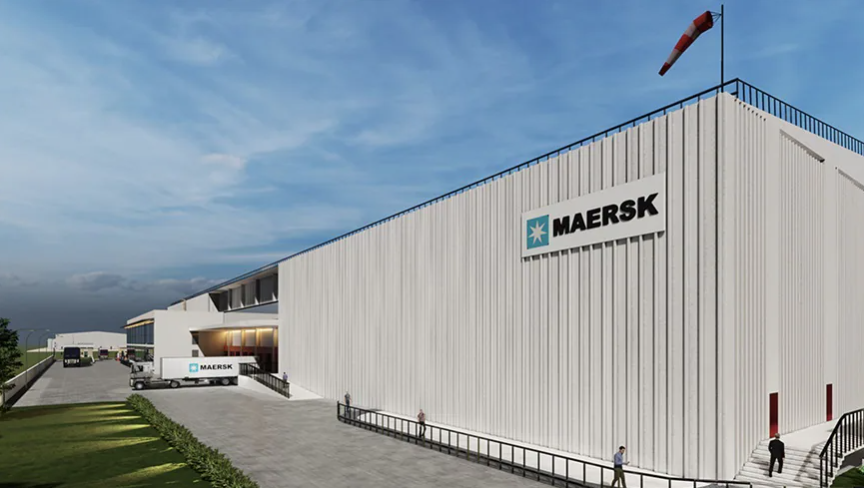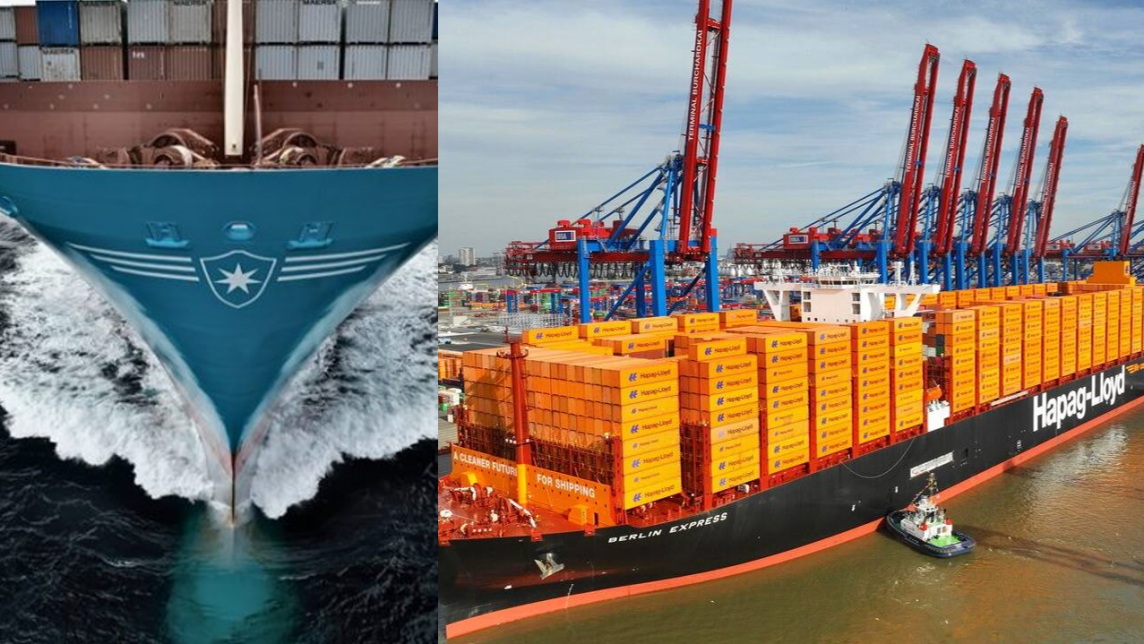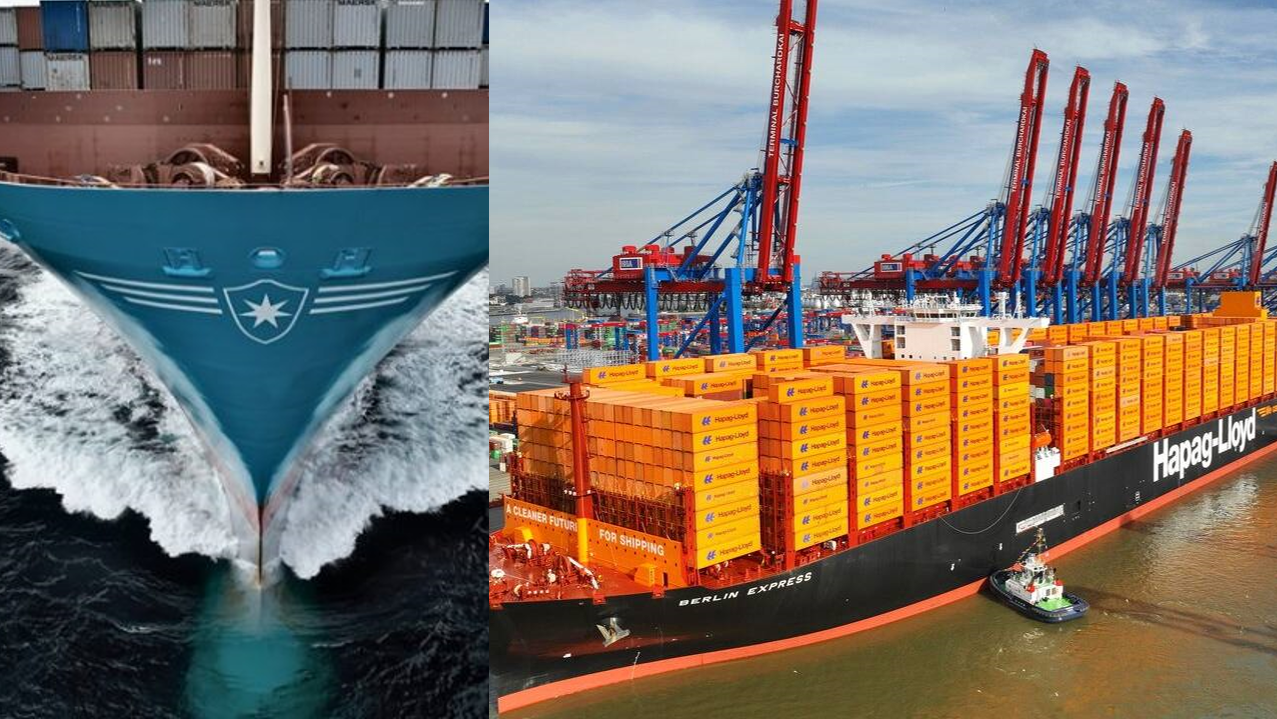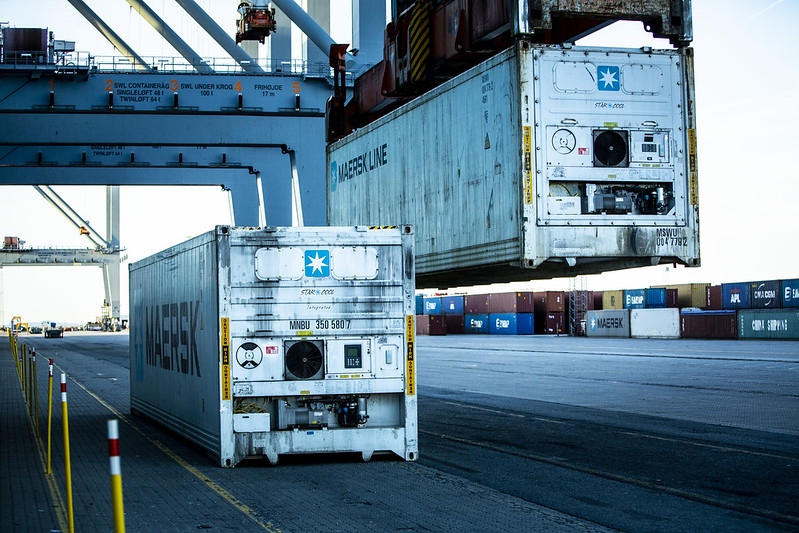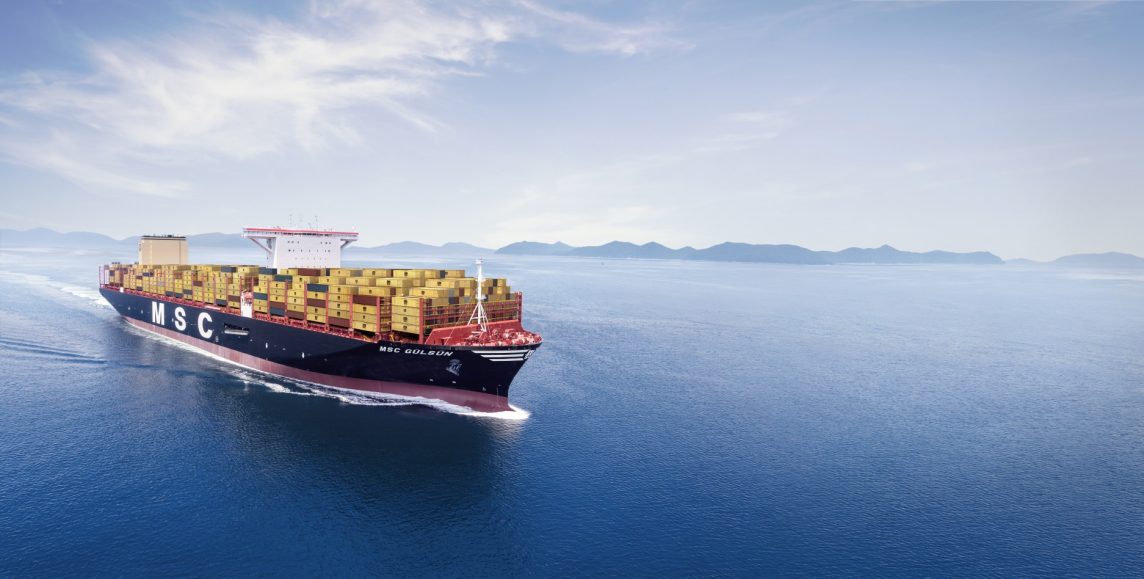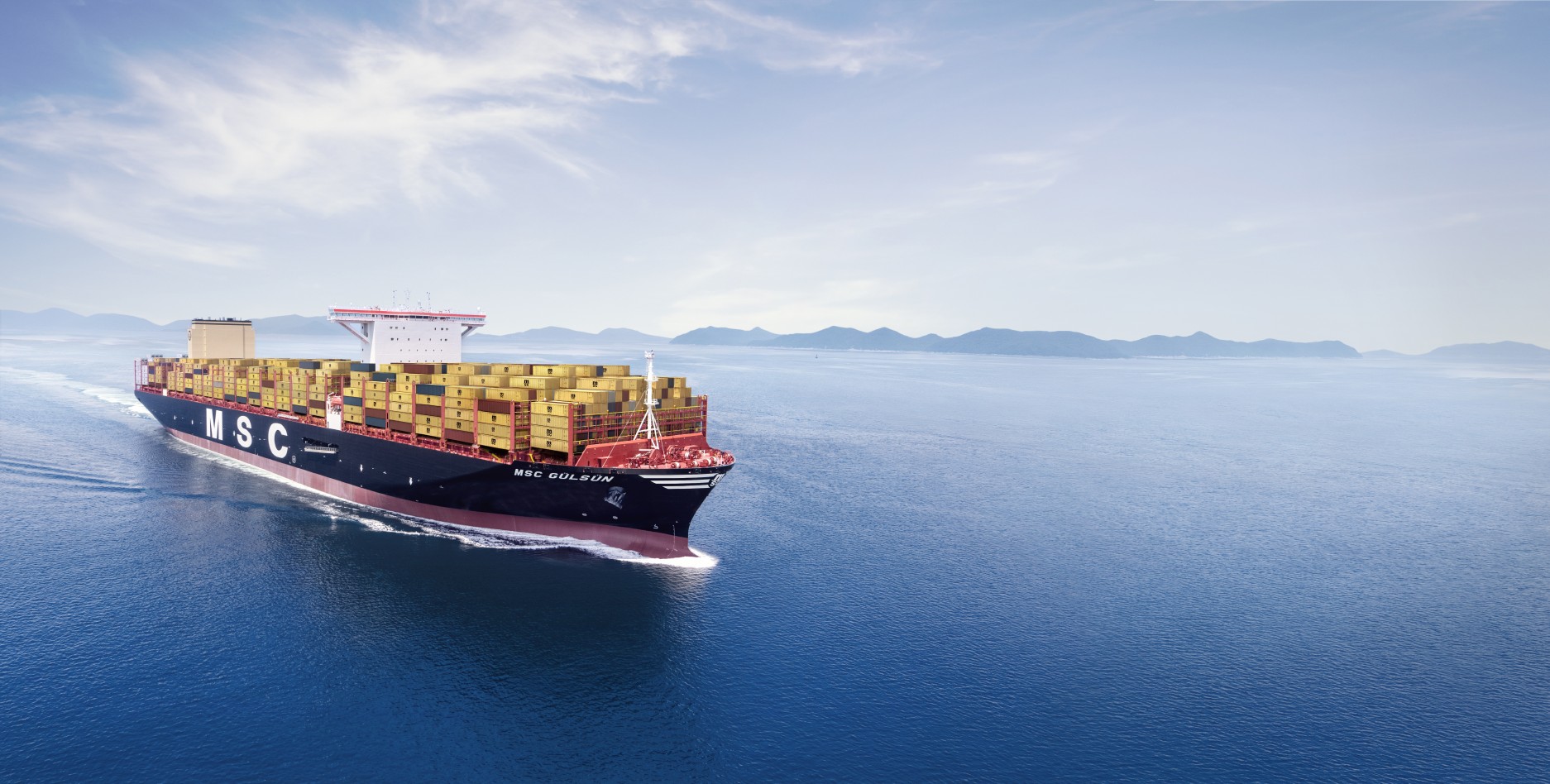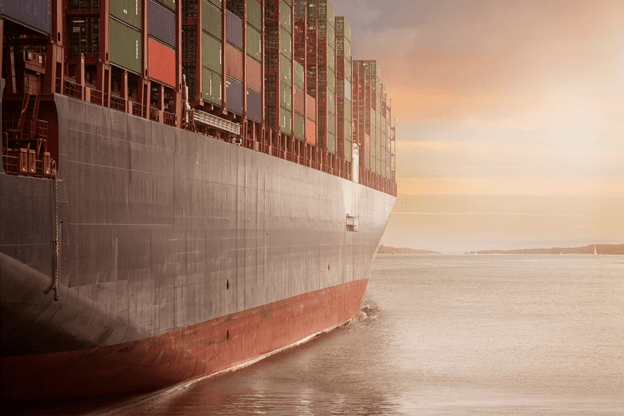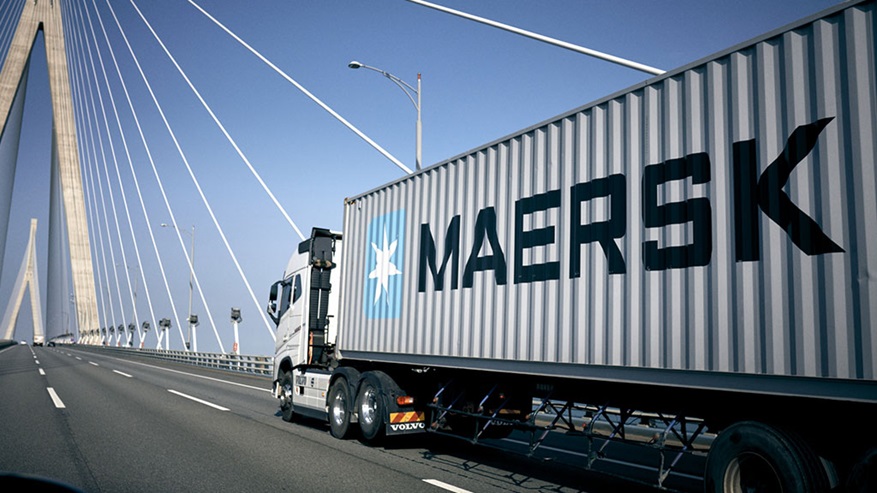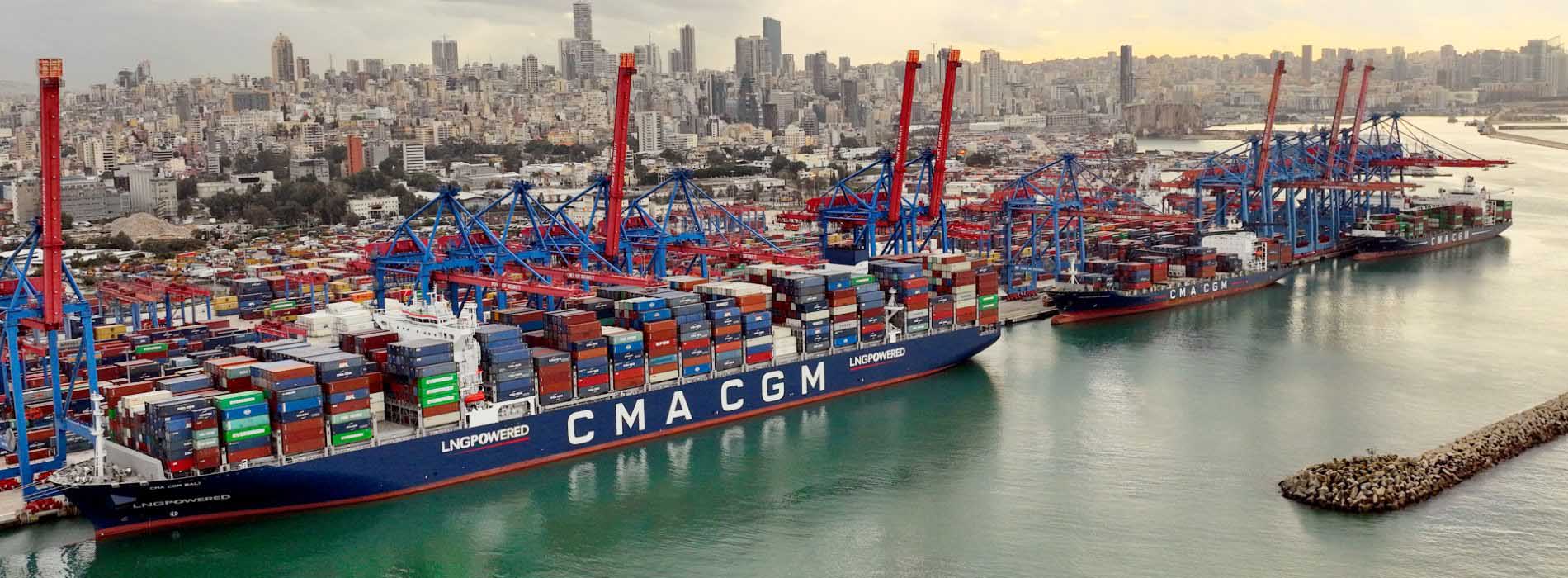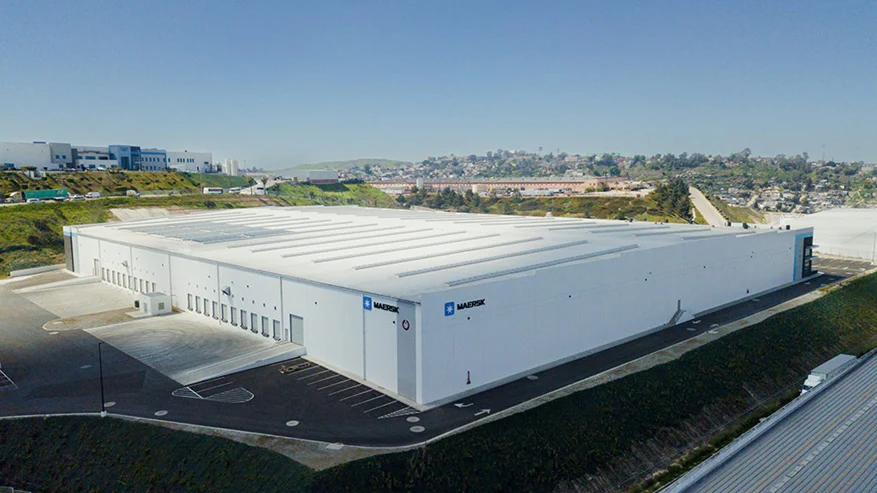 Maersk recently inaugurated a new 30,000m² facility in Tijuana, Mexico targeting cross-border trade and serving customers in the technology, automotive, retail, and lifestyle sectors.
Maersk recently inaugurated a new 30,000m² facility in Tijuana, Mexico targeting cross-border trade and serving customers in the technology, automotive, retail, and lifestyle sectors.
Positioned strategically in Prisma XII, Pacifico Industrial Park, Baja California, the site capitalizes on Tijuana’s significance in the US-Mexico trade.
Benefiting from its proximity to major commercial ports like Los Angeles/Long Beach and Ensenada, the facility is strategically located just 15 km from the Otay Commercial Port and 20 km from the San Ysidro Commercial Port, facilitating efficient cross-border operations.
Aligned with the Manufacturing, Maquiladora, and Export Services Industry (IMMEX) program, the site offers various services including sorting, storage, cross-docking, inventory management, and value-added services like labelling, packaging, and order fulfillment. The warehouse facility is also equipped to handle e-commerce shipments under the Section 321 Shipment Type.
The facility boasts LEED Gold certification, featuring sustainable elements such as rooftop solar panels, 100% electric material-handling equipment, LED lighting, and efficient waste management systems.
“With a focus on IMMEX program services, inventory control, and seamless cross-border integration, we’re positioned to capitalize on the manufacturing landscape in Mexico and our commitment to delivering unparalleled service to our customers. By strategically leveraging our new warehouse in Tijuana, tailored to the complexities of cross-border trade, we’re better positioned to provide our customers in the region truly integrated logistics solutions,” stated Patricia Perez Salazar, managing director for Maersk in Mexico.
